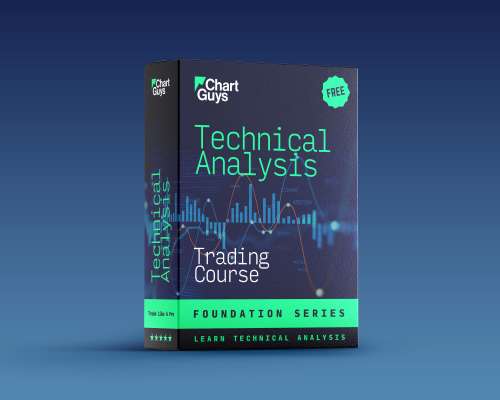A common question... What’s the next resistance? But the real question is how does that information fit in the context of your trade. Resistances are levels where previous reactions occurred, giving us temporary tops, and levels that will need to break in the future to see further continuation. However, oftentimes when people are entering a trade, they will target that resistance for their exit. This can lead to frustration when an exit doesn’t fill, or if it breaks and keeps going.
What is the difference between resistances and trade targets?
Most likely scenario. If we are trading to buy a higher low, and targeting a lower high for an equilibrium, then we are expecting the trade to finish somewhere LOWER than the resistance, not at it - therefore the resistance matters a reference point, but not as a target. If we are targeting higher timeframe exits, we will know where we need to break to see continuation or trend changes, but again not to necessarily target exits there, only to make sure we don’t stall there too long without breaking. Lack of resistance will be just as important, oftentimes lack of resistance will lead to smooth price action, whereas heavy previous price action will lead to choppy trading. But all of this still doesn’t alone create our trade target - it simply gives context to the overall thesis of our trade.
Resistances and supports give amazing context for trades, they need to break for continuation, then need to hold to bottom fish or top fish. They are the area where battles take place. But they are but one tool in our price action, and we cannot solely rely on them to be targets for our trades without taking into account the most likely scenario of a move.












